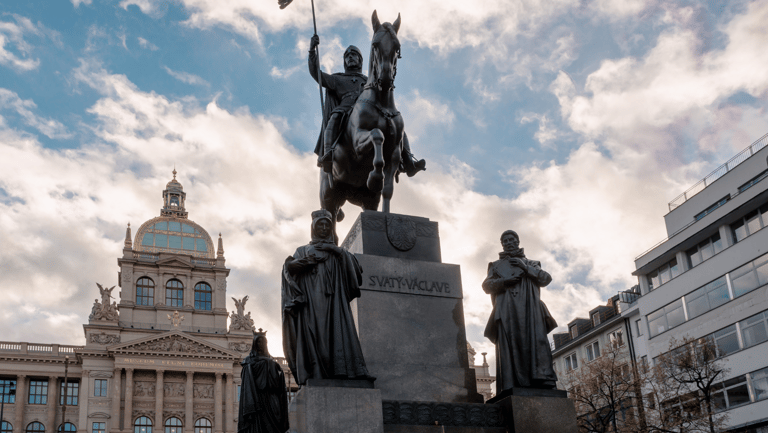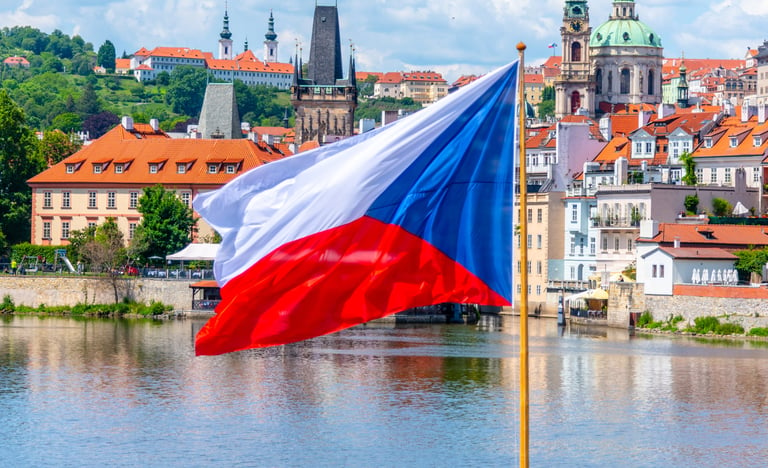Velvet Revolution
How Prague Changed the World
5/27/20251 min read


How Prague Changed the World
On November 17, 1989, a student protest in Prague began what became the Velvet Revolution — a peaceful uprising that would end four decades of communist rule in Czechoslovakia. Within days, thousands of people filled Wenceslas Square, ringing keys to symbolize opening the doors to freedom. By December, the regime collapsed.
The revolution's leaders, including dissident playwright Václav Havel, advocated nonviolence, truth, and openness. Havel’s transformation from jailed activist to president captured the world’s imagination. The transition was so peaceful, it earned the name “Velvet.”
The legacy of the Velvet Revolution lives on. Today, you can visit powerful sites like the Memorial to the Victims of Communism at Újezd or explore the Museum of Communism, which tells the story through artifacts and film. Walk down Narodní třída, where the protests began, now lined with cafés and tributes to courage.
This was more than a political change — it was a transformation of identity. Prague's velvet voice reminded the world that change doesn’t always need to roar to be heard.




contact us
send us e-maıl
info@pagusatravel.com
+420-739-628-000
LEGAL
Terms and conditions
Cancellation policy
COMPANY
Zlin, Czech Republic
All tours and travel packages are designed by PAGUSA s.r.o. and organized by Czechaway s.r.o., a licensed Czech travel agency holding valid insolvency insurance in accordance with Czech law.
PAGUSA s.r.o.
IČO 221 96 480


